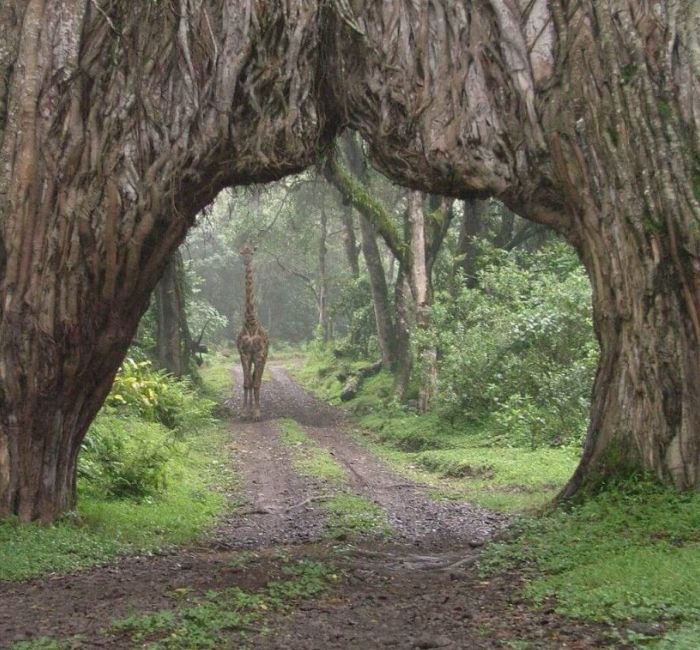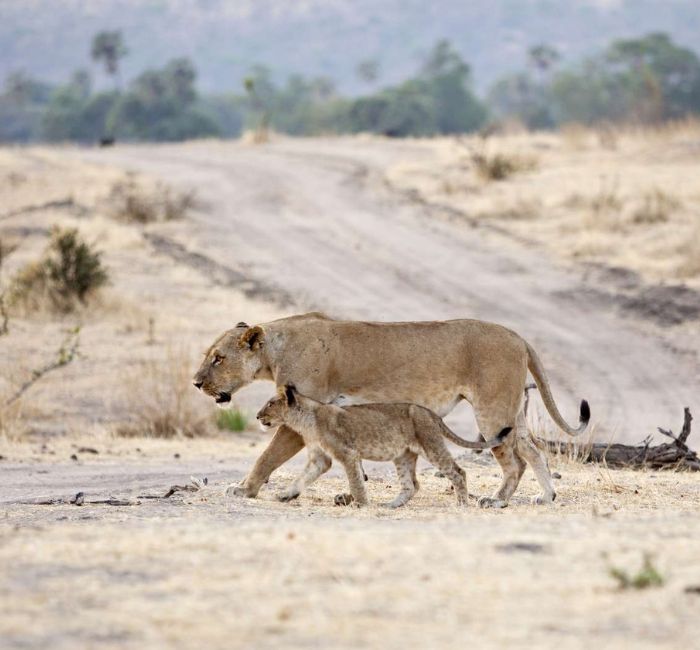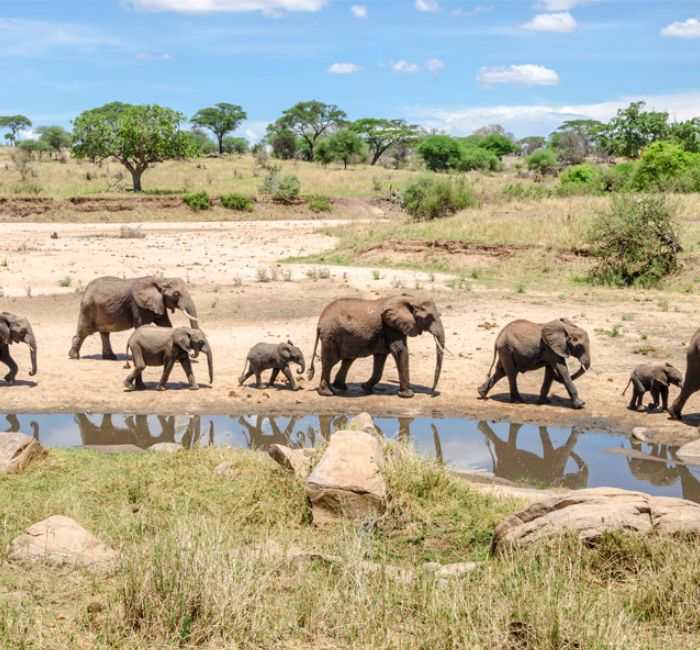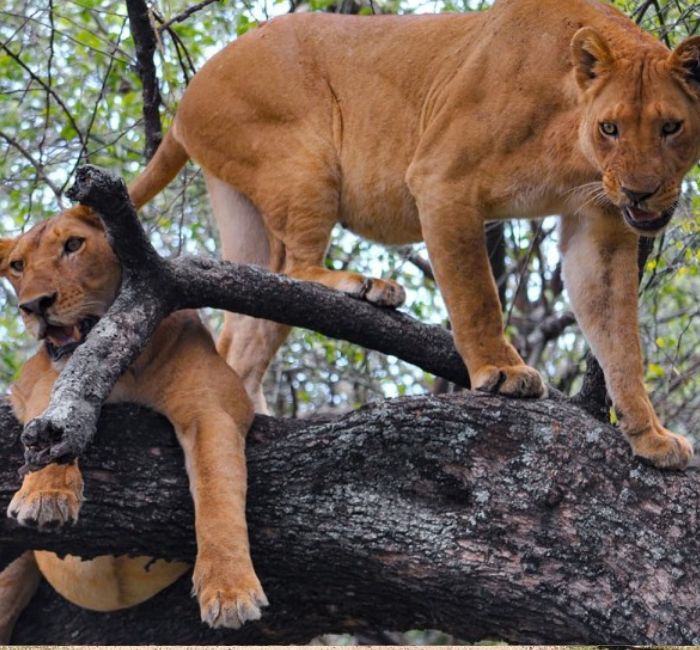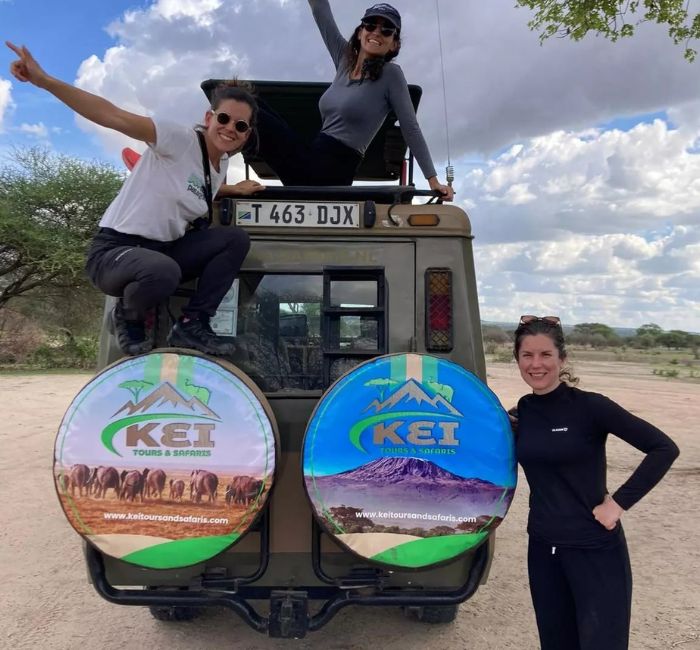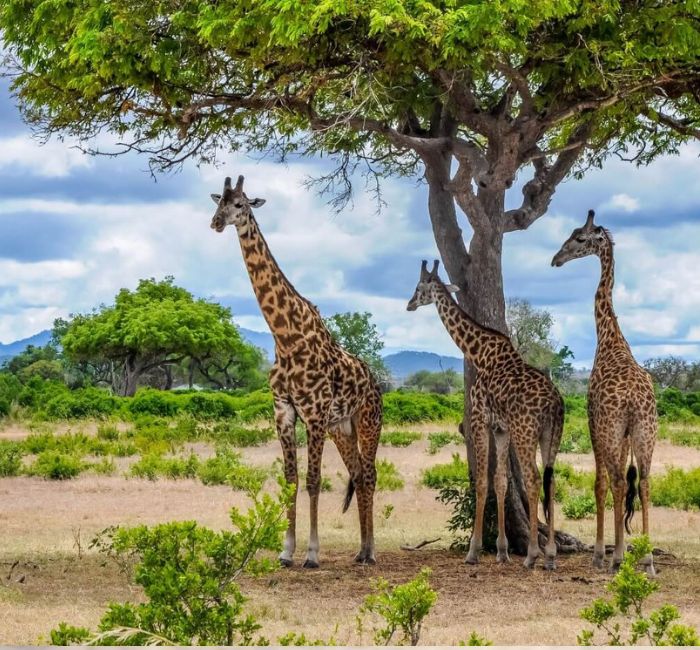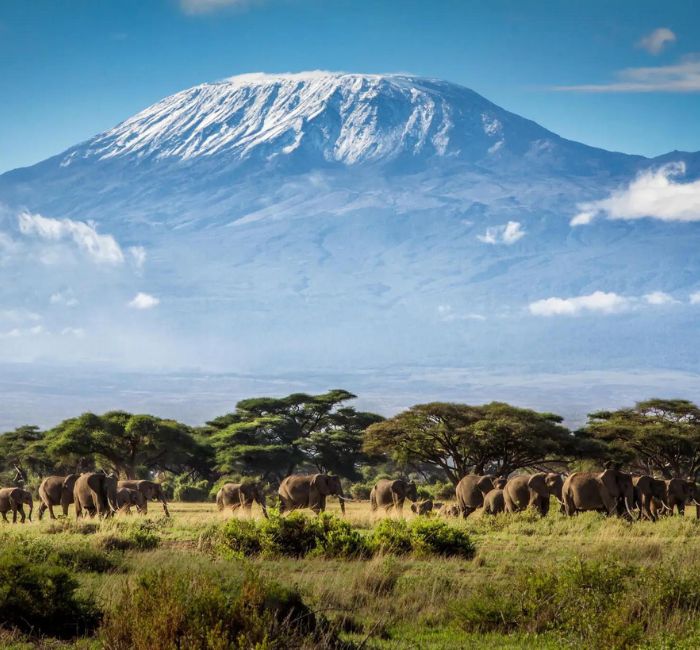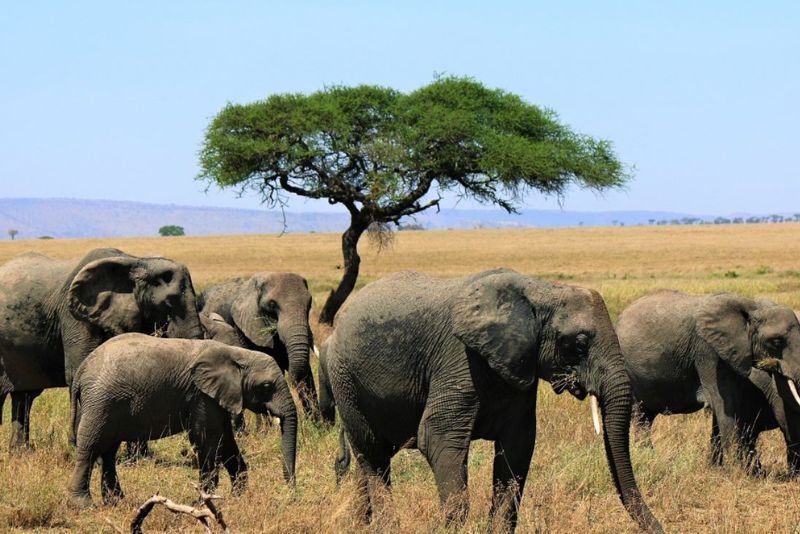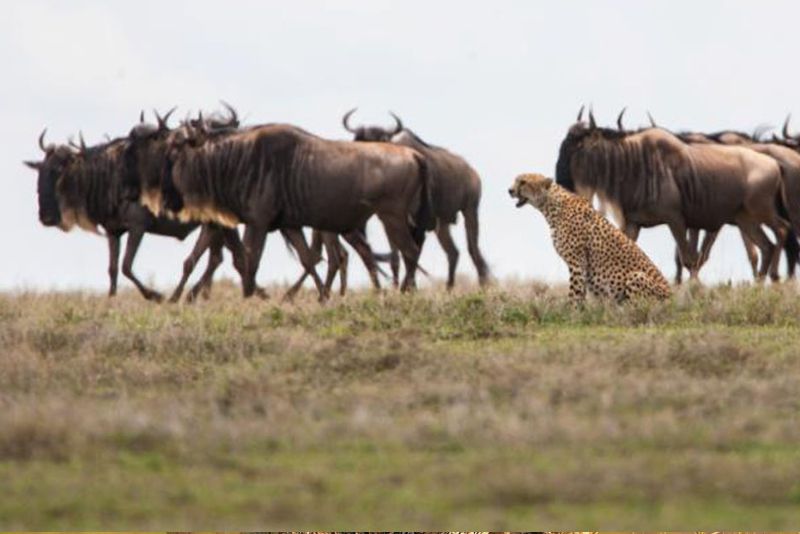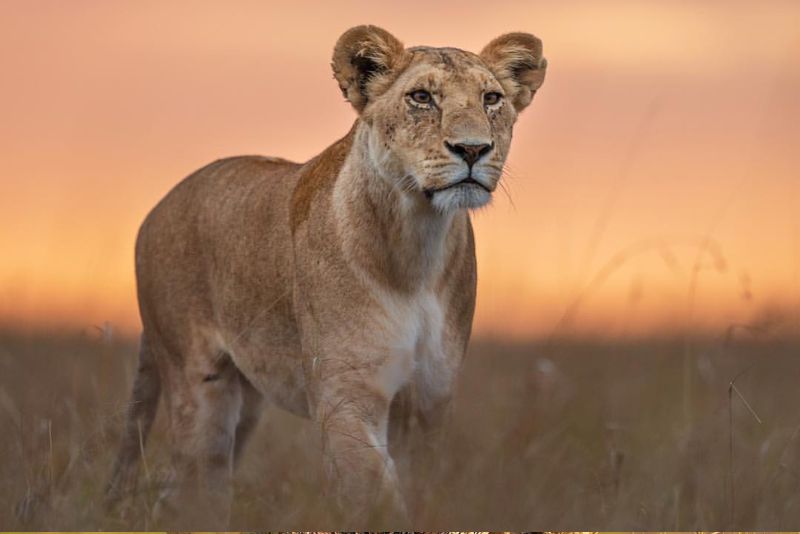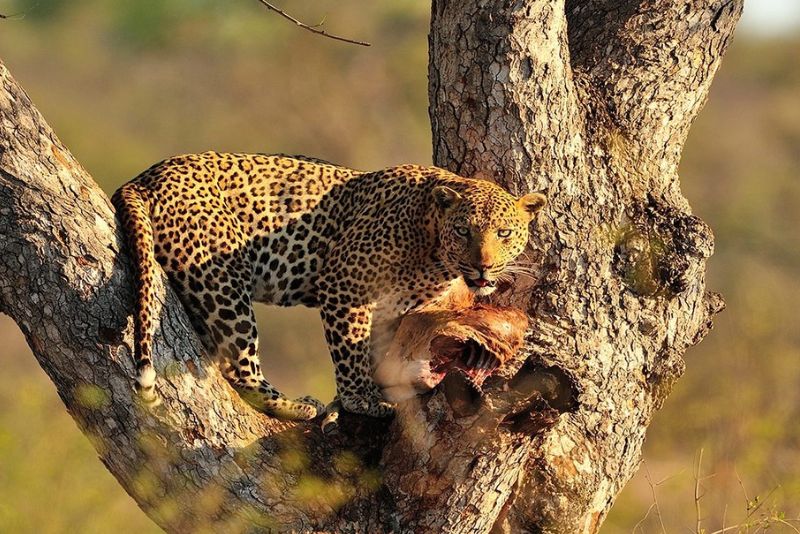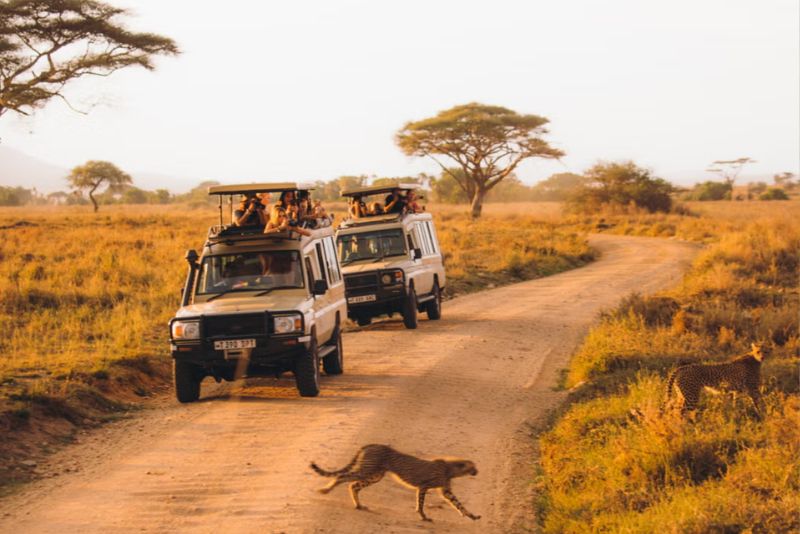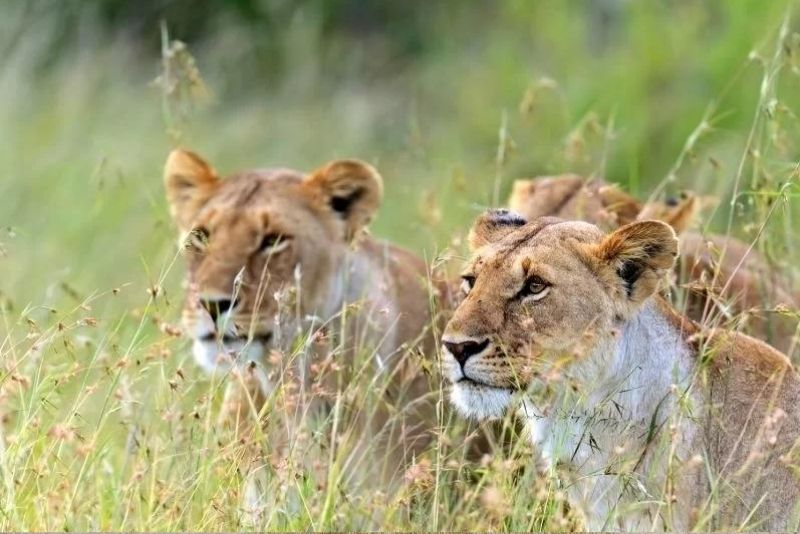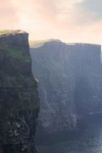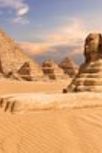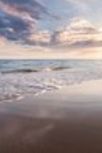Ngorongoro Crater Safari
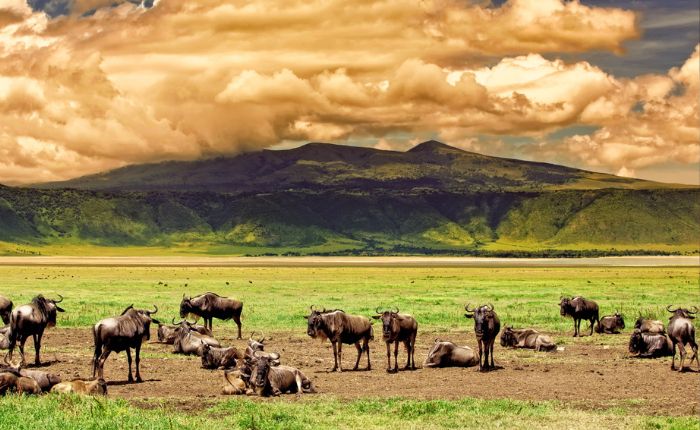
About The Park
Experience the unparalleled beauty of the Ngorongoro Crater Safari with Kei Tours and Safaris. Our Ngorongoro Crater Safari promises an immersive journey into one of Africa's most iconic natural wonders. As you embark on this adventure, immerse yourself in the breathtaking vistas and abundant wildlife of the Ngorongoro Crater. With our expert guides, delve deep into the heart of the crater, home to an incredible diversity of wildlife including the Big Five. Witness the drama of predator-prey interactions and marvel at the sheer magnificence of this UNESCO World Heritage Site. Whether you're a seasoned safari enthusiast or embarking on your first African safari, our Ngorongoro Crater Safari offers an unforgettable experience tailored to your preferences. Join us at Kei Tours and Safaris for an extraordinary journey into the heart of the Ngorongoro Crater Safari, where adventure awaits at every turn. Book your Ngorongoro Crater Safari today and create memories to last a lifetime.
The Ngorongoro Crater, located in Northern Tanzania, is a world-renowned natural wonder and a UNESCO World Heritage Site since 1979. This vast volcanic caldera, formed approximately 2.5 million years ago, offers a unique ecosystem that attracts a diverse array of wildlife. With its breathtaking landscapes and abundant animal species, the Ngorongoro Crater provides an unparalleled safari experience for visitors. The Ngorongoro Crater boasts an extraordinary concentration of wildlife, making it an exceptional destination for observing animals up close. It is often referred to as a "natural enclosure" due to its distinct boundaries, which provide a rich habitat for a wide range of species. While the crater supports nearly every animal species found in East Africa, some animals, such as giraffes and impalas, are absent due to challenges posed by the steep crater rim cliffs and limited grazing opportunities.
Within the crater, visitors can expect to encounter an impressive array of animals, including zebras, buffalos, hyenas, wildebeests, and lions. The population of wildlife within the crater is estimated to be around 30,000. The diverse landscape, consisting of grasslands, swamps, forests, and the saline Makat lake, attracts animals for drinking, wallowing, grazing, hiding, and climbing.
The Ngorongoro Conservation Area, encompassing the crater, is also home to approximately 42,000 members of the Masai tribe. Situated within the Ngorongoro Conservation Area. A museum at the gorge showcases both genuine and replica artifacts found on-site, offering visitors a chance to delve into the fascinating story of human evolution. The rainy season spans from November to April, during which animals gather on the Short Grass Plains to give birth. For year-round wildlife sightings, exploring Empakaai Crater or visiting Lake Ndutu is recommended. It’s an offers an awe-inspiring natural setting where visitors can immerse themselves in the wonders of African wildlife. With its remarkable geological history, abundant wildlife, and cultural significance, it continues to captivate explorers and conservationists alike.
Gallery

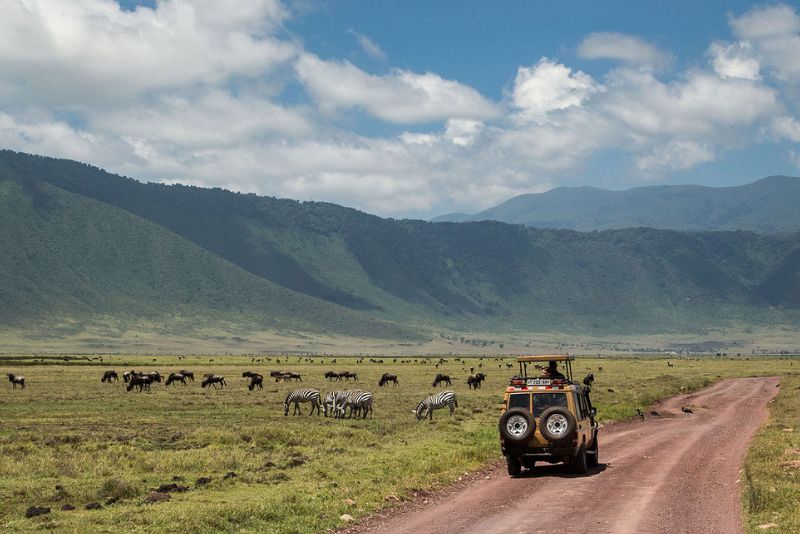
Wildlife
The Ngorongoro Crater is home to a rich diversity of wildlife. Visitors to the crater have the opportunity to see iconic African animals such as lions, elephants, buffalos, and rhinoceros. The grasslands and wetlands attract large herds of wildebeests and zebras, especially during the Great Serengeti Migration. Leopards can be spotted in the forested areas, while cheetahs showcase their incredible speed in the open grasslands. Hyenas scavenge and hunt, and hippos wallow in the lakes and swamps. The crater is also a haven for bird enthusiasts, with over 500 bird species, including flamingos, eagles, and ostriches. This abundance of wildlife makes the Ngorongoro Crater a must-visit destination for wildlife lovers and photographers alike.
Activities
- Game Drives
- Walking Safaris
- Bird-Watching
- Hot Air Balloon Rides
- Photography
- Big Five
- Masai Tribe
- Guided Walk
- Hiking
- Picnicking
- Visit the Olduvai Gorge Museum

